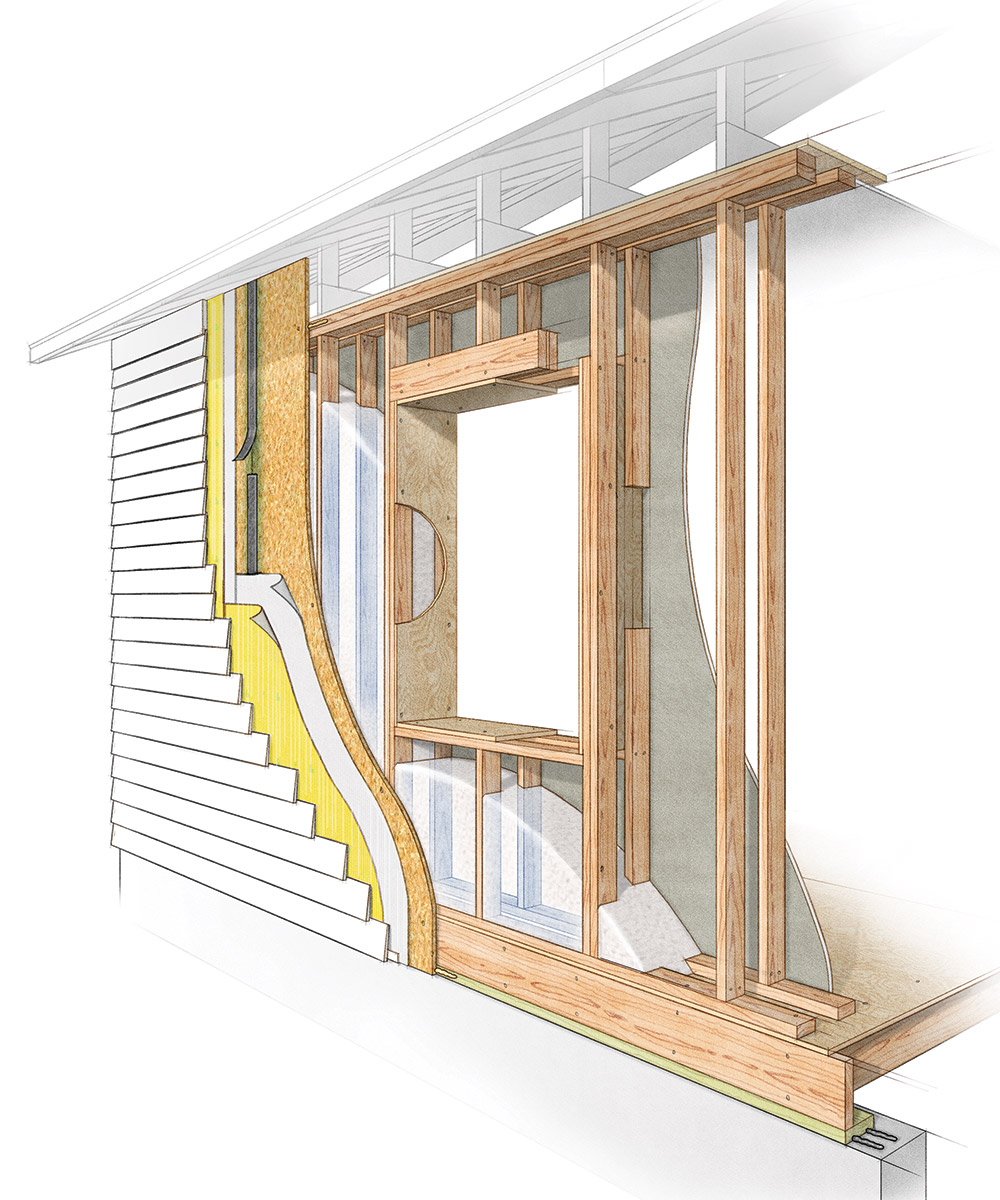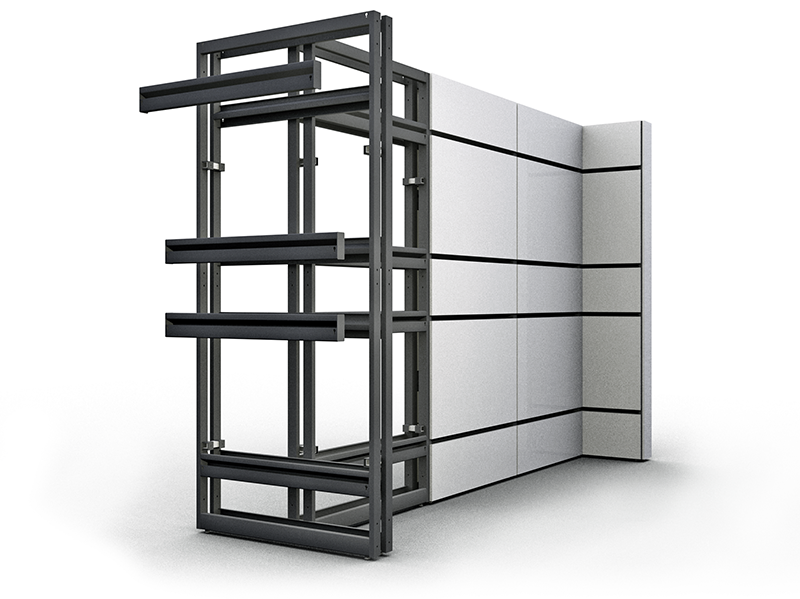

Promising examples include incorporating electrical heaters into wall panels, thus removing the need for unsightly free-standing radiators. There is thus an excellent opportunity to simultaneously reduce construction costs and provide additional value to the building's occupants by integrating functionality into building materials.

While most cars have been produced on a production line with extensive automation for many years, houses are still essentially handcrafted.
#BUILD SMART WALL PANELS MANUAL#
Plumbing and electricity are installed during the construction process, requiring skilled manual labor during every build. Housebuilding techniques have not changed substantially in many years, with most houses still being constructed on-site using conventional building materials. The sensors are connected to the cloud, and hence able to provide the property owner with an alert when an increase in moisture is detected, enabling repairs to be performed before a leak becomes significant. The thin-film sensor format enables them to be placed underneath appliances such as dishwashers, washing machines, boilers, and pipes, or even under flooring or within walls. It offers low-cost capacitive sensors, which are made from carbon-based inks and can be produced using conventional graphics printers. While testing of leaks behind tiling can be performed non-destructively, it does not provide continuous feedback.Īn alternative approach to leak detection is being developed by UK company Laiier. The resonant frequency changes in response to moisture, which can then be detected by an RFID reader. A printed RFID antenna coil is coated with a moisture-absorbing material. One such approach, targeted primarily at bathrooms, has been developed by the Swedish company InviSense.

Printed moisture sensors are a promising potential solution, which if integrated into walls and floors would be able to detect leaks at a very early stage and alert the owner of the building. Clearly, a technology that reduces the likelihood and severity of leaks would bring clear benefits to home and business owners, along with insurance companies. Furthermore, the affected area is out of action while everything is dried using extremely noisy fans and dehumidifiers. They use a wide range of emerging technologies, such as semi-transparent photovoltaics on windows, moisture sensors for leak detection, and printed heaters with wall panels.Ĭombined with changes to building construction, such as greater use of prefabricated panels with integrated electronic functionality, incorporating technologies such as these promises smart buildings that facilitate predictive maintenance, are more energy-efficient, and are responsive to the needs of occupants.Īnyone who has had a water leak at home knows it is extremely annoying and expensive, with walls, ceilings, and flooring all needing replacement. Smart buildings aim to bring digital technologies into the fabric of the building, rather than just to objects within it. Most of us are familiar with digital technology, from our computers and smartphones to internet-enabled TVs and speakers.īut most people still aren't familiar with 'smart buildings' and a recent paper from IDTechEx aims to dispel a few misunderstandings.


 0 kommentar(er)
0 kommentar(er)
